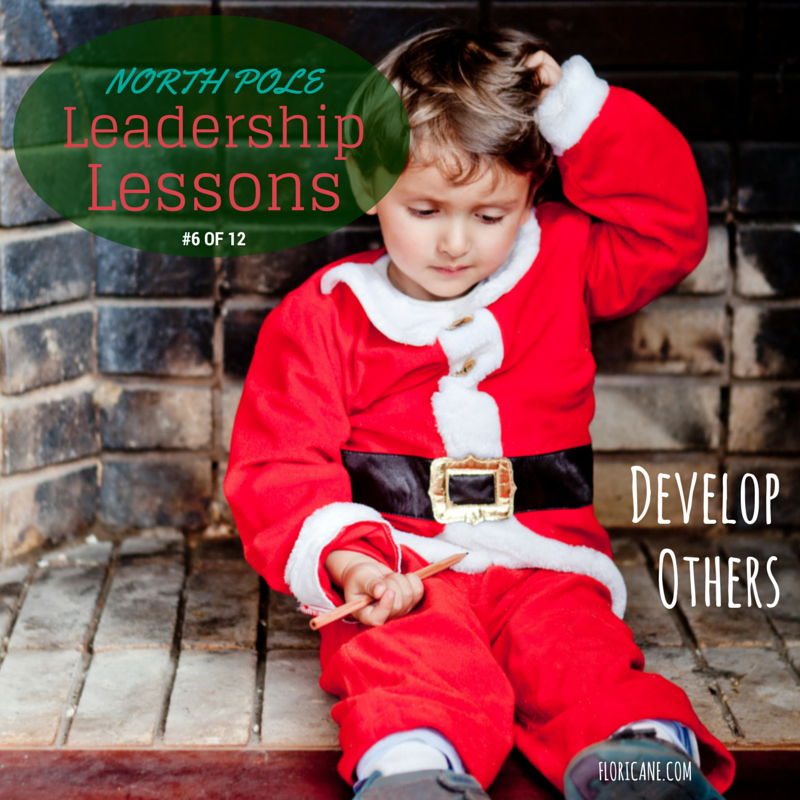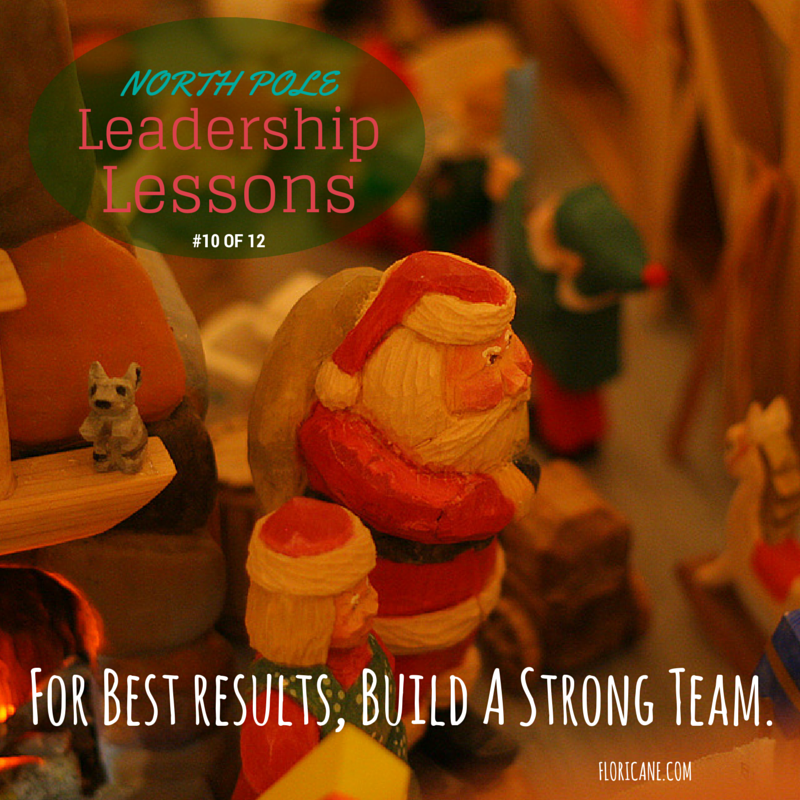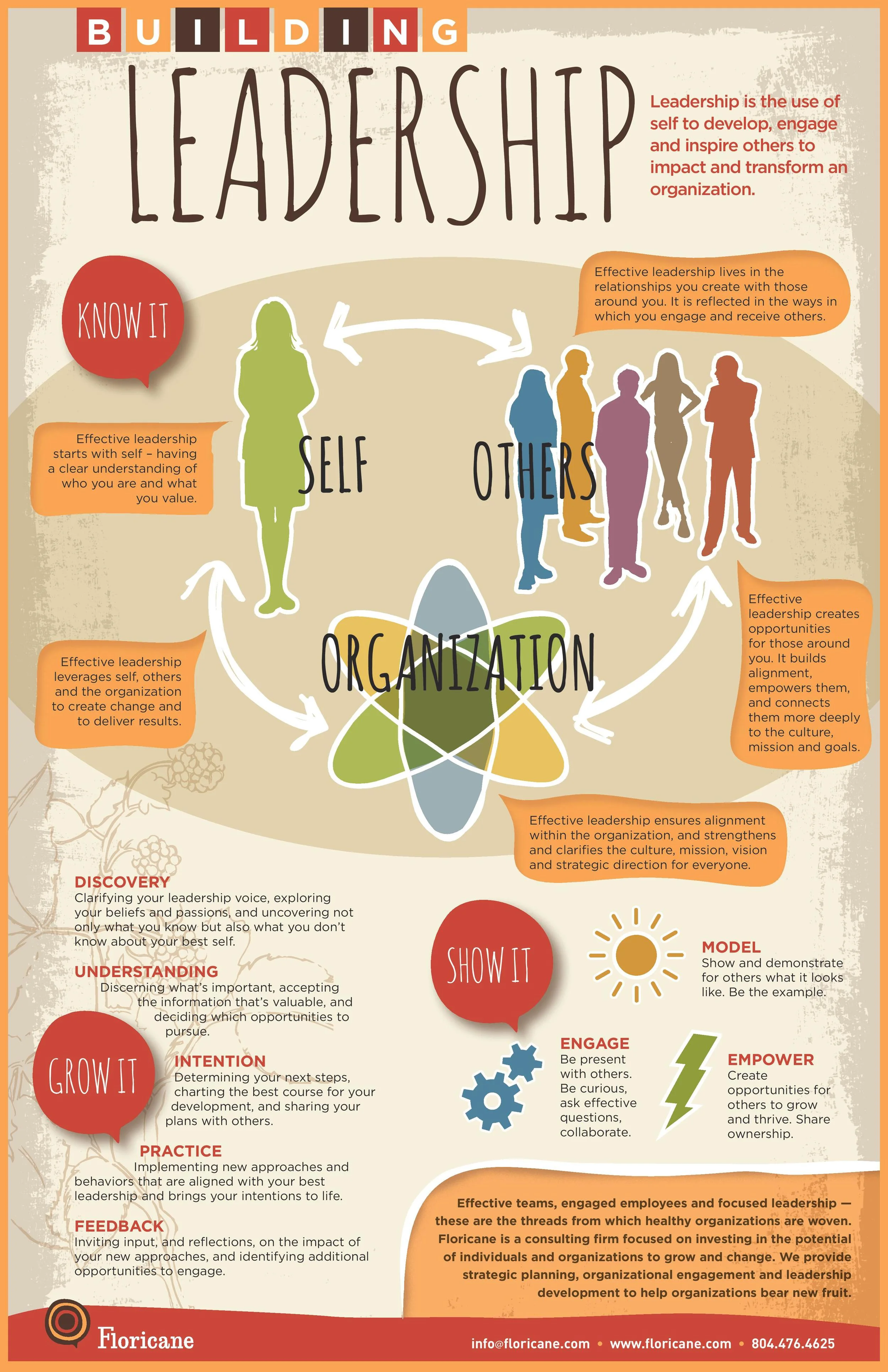“‘But what if we train them and they leave?’ is a question I often hear. ‘What if you don’t train them and they stay?’ is my answer.”
The old "damned if you don't" adage about training isn't new. But it continues to surprise me how often I have to pull it out on an unruly client. Typically, the decision maker in question is stuck between two unruly waves -- they are experiencing real pain from developmental gaps, and are afraid of the investment pain (time, money, personal follow-up) that comes from helping their people grow skills and competencies.
As the economy accelerates and a generational employment shift builds, the composition of our organizations is changing. Employees are testing the mobility brought on by a warming economy even as an aging workforce is forcing change at multiple levels – Boomers are aging out of the workforce, Millennials and Gen Xer’s are sliding into roles of increased responsibility, and younger Millennial employees are entering the labor market. Talk about churn!
All of this is creating a major developmental gap for many organizations – a brain drain as seasoned veterans retire and take all of their knowledge and relationships to the golf course; new managers lack critical skills; and new workers are bringing new ideas to the table.
Providing effective training and developmental opportunities for employees at all levels, and career stages, is a key to organizational sustainability.
Developing people and growing talent internally is the important thing that great organizations do.
Here are 5 types of professional development that create huge and positive impact for organizations:
- Comprehensive Orientation and Onboarding: Start the way you want to finish. If you want new employees who are passionate, committed, effective and aligned, you need to be intentional about how they experience their very first weeks on the job. Notice I didn’t say days. Weeks. Months are even better. Carving serious time into the calendar for your new hires to provide exposure to all corners of the organization, relationship-building, and skill development are all critical to ensuring that your Enthusiastic Beginner doesn’t quickly devolve into a Disillusioned Learner.
- Peer-Based Group Coaching: Coaching can be expensive, especially for managers and leaders. Peer-based group coaching is an effective (and more affordable) way to bring small groups of peers together regularly to increase alignment, context and professional development. Groups of 3-7 employees (who don’t have reporting relationships) come together at least once a month to discuss their work challenges, share organizational observations, and hold each other accountable. You can make these experiences as structured or informal as you want, and run multiple groups simultaneously for maximum impact. (For best results, hire a coach to facilitate and guide the discussions.)
- Management Skill Training: Organizations hire people for technical job skills, and run into trouble when they are promoted without proper development into roles where they manage other people. Failing to provide supervisors and managers with the awareness (of self and others) and skills they need to be effective, is a common mistake. It’s a costly mistake. It is a serious disservice to your managers, and to the people for whom they have responsibility. Self-awareness, effective communication, giving (and receiving) feedback, difficult conversations, situational leadership, developing others and long-term organizational planning are among the critical skills for people who supervise other people.
- Emerging Leader Development: How do you quickly cultivate new leadership for your organization as the Boomers leave and a new generation steps into roles of influence – often with much less experience than their predecessors? There are a plethora of leadership and young professional programs out in the world. Some are fun. Many are interesting. A few are excellent investments. Some of the best we’ve seen are managed internally, and provide a mix of leadership development, business skill building and industry-specific training. They push young leaders to identify their personal vision, deepen their appreciation for their teams and consistently engage with more alignment and inspiration.
- Mentoring Programs: Before all of the sage elders flee your organization, find opportunities for them to teach the young whippersnappers about the people, values and powerful experiences that mattered to them. Whether you establish a formal mentoring program with specific outcomes, homework assignments and deliberate pairings of mentor and mentee, or create regular, informal opportunities for senior employees to spend time talking with newer workers, mentoring makes a difference. And it ensures your organization doesn’t lose an entire generation of knowledge as you move forward.
















